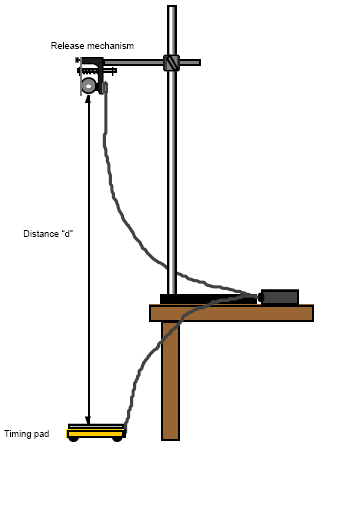
100 Women Britannica celebrates the centennial of the Nineteenth Amendment, highlighting suffragists and history-making politicians.
GRAVITY LAB LEVEL 9 HOW TO
COVID-19 Portal While this global health crisis continues to evolve, it can be useful to look to past pandemics to better understand how to respond today. Student Portal Britannica is the ultimate student resource for key school subjects like history, government, literature, and more. This Time in History In these videos, find out what happened this month (or any month!) in history. 
#WTFact Videos In #WTFact Britannica shares some of the most bizarre facts we can find.Demystified Videos In Demystified, Britannica has all the answers to your burning questions.Britannica Explains In these videos, Britannica explains a variety of topics and answers frequently asked questions.Britannica Classics Check out these retro videos from Encyclopedia Britannica’s archives.What care does the patient require? If a patient's USG is abnormal, he may need additional diagnostic testing. cold urine specimens (with hydrometer method).radiographic contrast media, minerals, and dextran (with refractometer method).albumin, and antibiotics including penicillin alkaline urine (with dipstick method).What can affect the result? These factors can falsely decrease USG: syndrome of inappropriate antidiuretic hormone secretion.In patients with certain kidney diseases, USG doesn't vary with fluid intake and is called a fixed specific gravity. Abnormal results are generally those below 1.010 or above 1.020. Normal results in adults generally range from 1.010 to 1.020. Results vary slightly by lab instruments and methods.

Consistently using the same USG testing method for an individual patient is critical for evaluating trends. A urine sample is placed in the small cylinder and the urinometer is floated in the urine.
the hydrometer or urinometer, the least reliable method. An indicator changes color based on the USG value. a multiple-test dipstick, which has a separate area with a reagent for USG. The degree of refraction is directly proportional to the density of the urine. This method gives you the refractive index, the ratio of the velocity of light in air to the velocity of light in the solution being tested. a refractometer or total solids meter, the most accurate method, can determine the density of the solution. You can test USG with one of these methods: 3 If testing won't be done right away, refrigerate the specimen a delay of more than 2 hours can cause unreliable results. If you're testing USG at the bedside, do it soon after collecting the urine, following facility pol icy. Obtain a “clean-catch” or midstream specimen, or follow your facility's policies and procedures. 3 Before you obtain a routine USG (which is part of a urinalysis), certain drugs, including those that increase USG, such as carbenicillin, may need to be discontinued. When ordered separately from the urinalysis, the patient should fast for 12 hours before specimen collection. Who gets the test? USG measurements are indicated in many patients including those with alterations in fluid volume status. As ordered, you may perform specific gravity testing at the patient's bedside or send a urine specimen to the lab. 2 It provides an estimate of urine osmolality if the urine doesn't contain appreciable amounts of protein, glucose, or other large molecules. 1 Measuring USG is an easy and convenient way to gauge a patient's hydration status as well as kidney function. 
Urine specific gravity (USG) measures the concentration of particles in urine and the density of urine compared with the density of water.







 0 kommentar(er)
0 kommentar(er)
